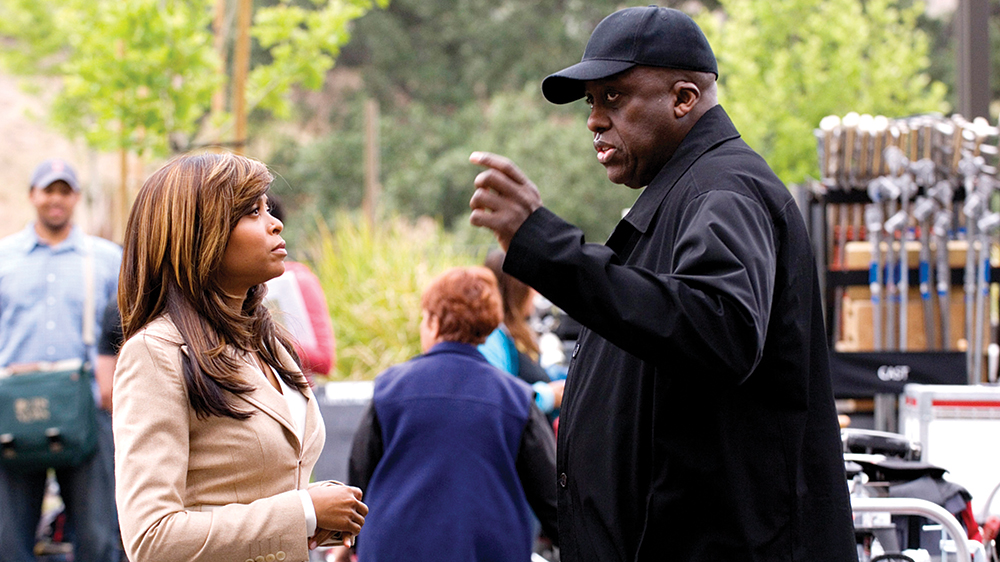Since Bill Duke the Sundance Special Jury-prize winning film “The Killing Floor” (1984), the multi-hyphenate talent has rarely been out of sight on screens big and small.
In the ’90s, Duke directed acclaimed crime films focused on black themes and characters, including the Cannes Fest competitor “A Rage in Harlem”; “Hoodlum,” with an enviable cast that included Laurence Fishburne, Queen Latifah and Cicely Tyson; and the Spirit Award-nommed “Deep Cover.”
Duke, one of TV’s most-in-demand character actors, has racked up dozens of credits in shows ranging from “Battlestar Galactica” to “Lost.” His big-screen directors include Steven Soderbergh, Paul Schrader, Jim Sheridan and the legendary Sam Fuller, who once assessed Duke as “the best film director in America today.”
Duke’s autobiography, “Bill Duke: My 40-Year Career on Screen and Behind the Camera,” was published last month, but Duke was first noted in Variety for his role in the 1972 ABC Afterschool Special, “Santiago’s Ark.”
Popular on Variety
Your first time in Variety was also your first acting credit. Was it a big deal for you at the time?
Yes, I was in New York City, trying to get roles, starving to death as an actor. I had studied at the NYU School of the Arts under Lloyd Richards, who also worked with the Negro Ensemble Company. I followed Richards to Los Angeles and worked as his assistant and really learned about directing.
This is the Lloyd Richards who directed the historic “Raisin in the Sun” production on Broadway with Sidney Poitier and Ruby Dee? That’s quite a teacher.
I learned my most important lesson, which was there are two main aspects to directing. One is aesthetic: you have to have your own vision of what you want the production to be and you have to translate that to every single member of the crew. The other business of directing is management: you are managing time, money and people.
Sam Fuller was a big fan of your film “The Killing Floor” and you got to work as an actor for Fuller on his film “Street of No Return.” He certainly had an aesthetic all his own.
I remember Sam was shooting a scene and decided to put the camera under a glass table. Now the common wisdom is that the camera has to represent the POV of someone in the scene and one of the crew members pointed that out to Sam. He said, “Young man, you might be right, but the camera is from someone’s POV: MINE!”
Luckily, the starving while looking for work didn’t continue after “Santiago’s Ark.”
Part of the training you get in theater is that you’re never going to give up. You could have been a florist or something else, but you chose this like the rest of us and we’re not going to give up so neither are you. That village attitude probably helped save me. That and my family. I remember I couldn’t find work and I was months behind in rent. I actually started standing in front of my apartment begging for money. I was high. I took drugs. And an older black lady passed me by and then came back and tapped me on the shoulder. She said, “Son, does your mama know you’re out here doing this?” And I never begged again. I had forgotten about my self-respect, which I got from my family, and she reminded me.













